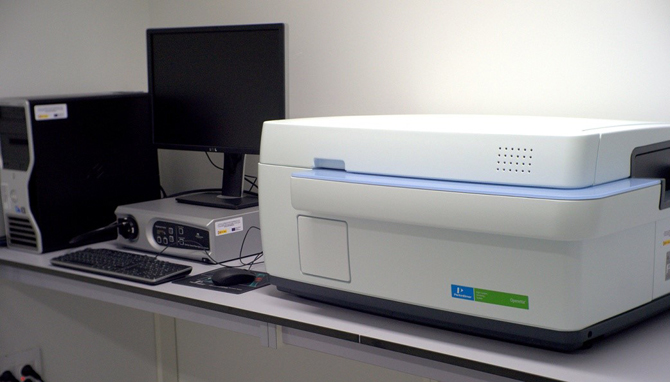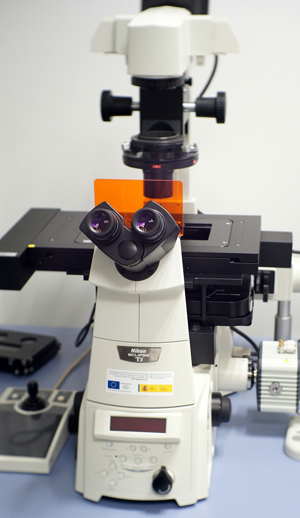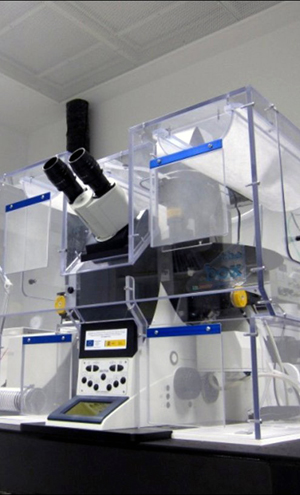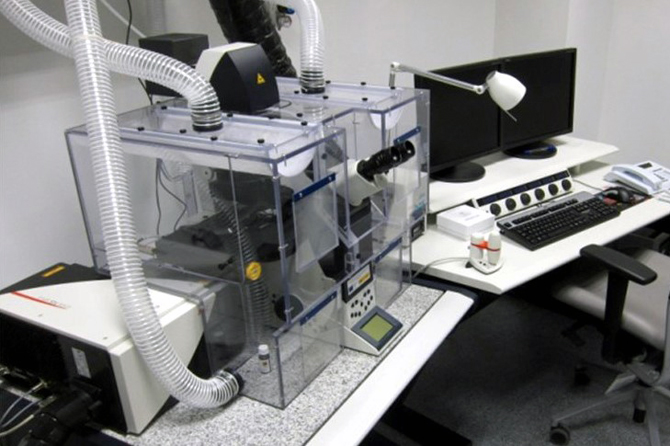U28-E19. Beckman Coulter MoFlo cell sorter
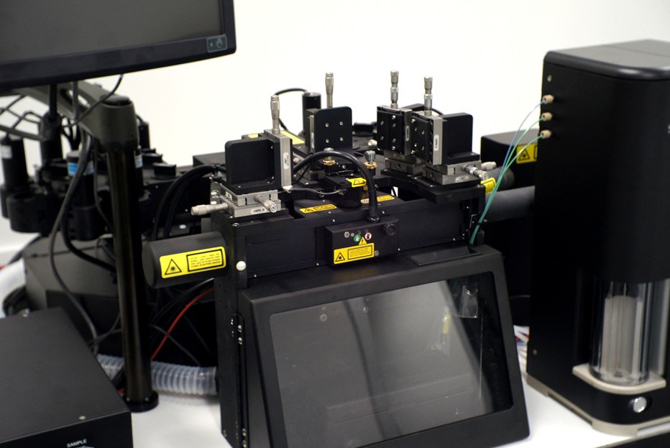
Specifications:
Validated for 70,000 sorts per second with > 99% purity at all data rates
Proven 4-Way Sort for multiple population sorting
Independent control of each stream via touch screen control panel
High power solid state 488nm and 638nm lasers









